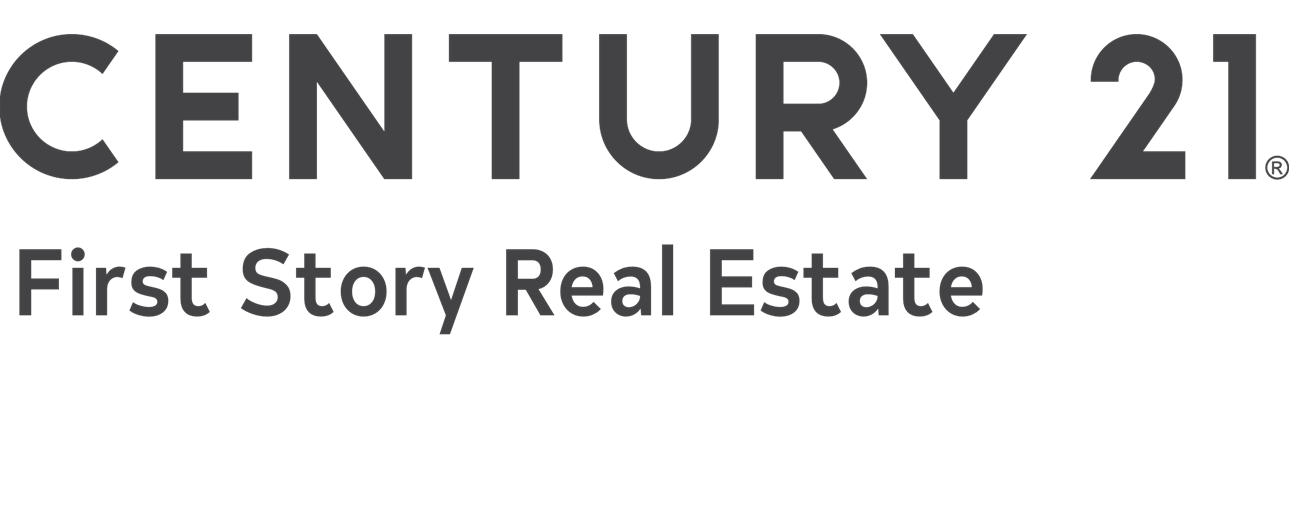Predictions: What to Expect in the 2021 Real Estate Market
At this time last year, experts were predicting the 2020 housing market would see relatively flat home price growth, tight inventory for first-time buyers, and an increase in mortgage rates. We all now know what happened next: The COVID pandemic. Though there was an initial pause for homebuyers in mid-March to mid-April as would-be sellers decided what to do next and some homeowners opting to refinance instead of list their home after rates hit new lows, the housing market ended up even hotter than ever. Demand outpaced inventory, leading to higher prices in nearly every region (though some cities, particularly San Francisco, saw price drops).
While 2020 was a lesson in expecting the unexpected, the housing market has adapted to the “new normal.” The trends we’ve seen over the past year, along with increasing certainty regarding the availability of a COVID vaccine, provides data points for making predictions for the 2021 housing market. Here’s what you can expect to see, whether you are buying or selling your home in 2021:
Home values (and prices) will continue to rise — for the time being
According to research by property analytics firm CoreLogic, national home prices hit a six-year high in September with a year-over-year increase of 6.7%. Some states saw even higher increases — like Idaho (12%), Maine and Arizona (both around 10-11%). Even states that were among the hardest hit in the first wave of Covid saw growth, like New York (1.5%).
However, slower economic growth is expected to affect home prices by next September, resulting in lower asking prices. A possible wave of foreclosures could also happen by mid-year. Also, anyone who put off selling in spring 2020 for spring 2021 could increase inventory. Both of these variables could flatten housing price growth, but only time will tell.
What to do about it
If you’re planning to sell, signs are pointing to listing as early as you can. If you’re interested in buying your first place, you may have more to choose from and less competition in the latter half of the month.
There’s going to be more construction happening
Depending on state COVID regulations, many construction projects ended up on hold. This affected new construction inventory, along with mixed-use residential-commercial projects designed to revitalize many neighborhoods. Housing starts began picking up in October, which means that the next year will pick up where plans left off in 2020.
What to do about it
New construction tends to fall into two categories, luxury and 55+ developments. If your home is on the higher-end or in an area popular with the “active adult” demographic and you plan to sell this year, new construction presents some competition. Let's sit down to get up to speed on planned new construction in your area and develop a strategy if it could impact your potential sale. It’s also worth discussing if there are big commercial projects still in the works (for instance, high-end shopping centers or interesting event spaces designed to revitalize your area). If these projects are still planned, it only makes your property more attractive to potential buyers.
If you’re more concerned about buying, this news simply gives you more options to consider if you prefer new construction housing.
The remote workplace might be here to stay
Though some industries plan on returning to their offices, many more are realizing that a virtual workforce is more workable (and presents many savings for the company). If you’re located near office parks, downtown cores where trendy start-ups normally flourish and other areas once prized for commutability, there may be less demand if these companies go fully remote. If you’re in a city near once-thriving shopping areas, the economic slowdown may lead to many retailers exiting the area. Possible economic relief could stem these outcomes or could lead to new businesses relocating to the area. Homes located close to outdoor recreation options may be considered more attractive than those located near office parks.
Further, the remote workforce has had the freedom to move to areas far from their corporate offices. Some companies have even incentivized employees to move — for example, San Francisco-based Zapier gave employees $10,000 to move out of the area. This may lead to booms in rural areas known for their natural beauty and outdoor recreation options, affordable suburban areas adjacent to cities and coastal areas.
What to do about it
The remote workforce also has changed the demands many potential buyers have, so you may have to stage or adapt rooms to appeal to the new normal. Now, home offices are a must (and dining rooms, guest rooms and other entertaining-oriented features are less in-demand), Zoom sightlines are considered, utilities (cable/internet) are scrutinized and smart home features are all bonuses.
Further, the at-home workforce has adapted to fulfilling their free time at home. Indoors, a media center helps fill downtime and entertain kids. If you have an outdoor space, style it with the care you’d take for interior spaces. A fire pit, comfy chairs, outdoor kitchens, outdoor media centers and pools are also going to be a plus for buyers who have grown too used to quarantine.
There’s no predicting where remote workers will move, as it’s all up to the individual. However, some trends can be foreseen. If you’re in an area that tends to be popular with vacationers, don’t be surprised if more full-time residents may want to call your town “home.” If you’re in a suburban region with great schools and reasonable-priced housing that’s somewhat near a major city, you’ll probably be getting new neighbors. The marketing plan around selling your home should include resources for those moving in from out-of-the-area.
For potential buyers, similar assumptions can apply. If you’re looking in an area that has something interesting to offer but has been traditionally affordable due to distance from cities or a lack of full-time employment options, there may be more competition.





